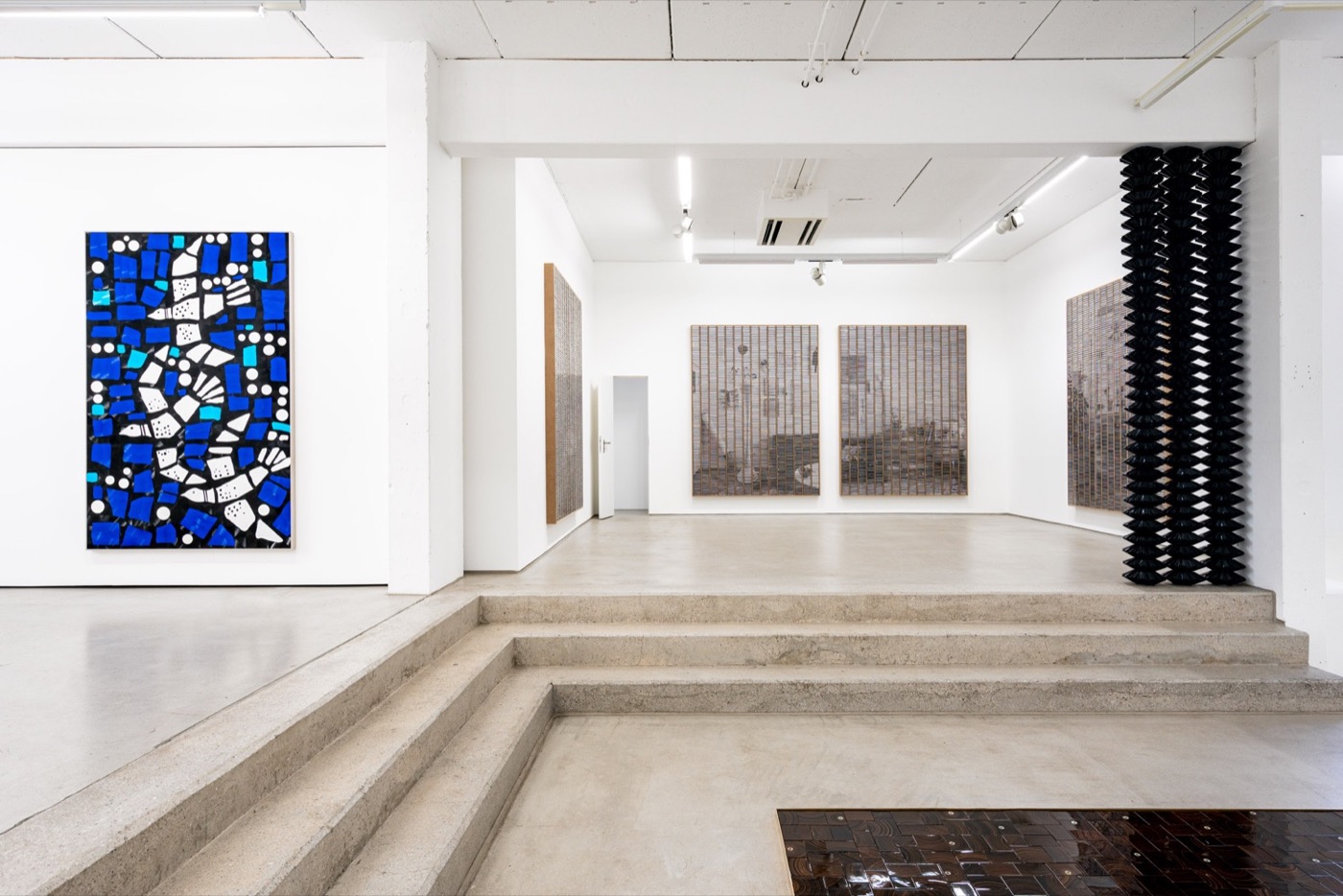What is your musical background and what are you mostly listening to?
Musically, I was socialized by my uncle Martin, who is barely ten years older than I am and almost like a big brother to me. While the other kids in kindergarten were listening to children’s songs, I had already heard of Neil Young, Peter Gabriel and Konstantin Wecker. That has basically stayed the same to this day and of course many more followed after that. Some of the most important musicians to me are: The Cure, Stephan Eicher, Tocotronic, Einstürzende Neubauten, PAAR and ANNE, but also Lebanon Hanover or Rosin with her song “Sad Sometimes”.
What are your main inspirations and how do you elaborate them in your practice?
That really depends. My ideas mostly come from personal experience, for example a motif on a carpet in a hotel, the window at my grandma’s house, or a film I have seen.
What are your working on at the moment?
I have just finished two bigger rip-offs based on Schubert’s ‘Winterreise’. Apart from that, this year I will produce various head-cleaner paintings, for which I will only use cleaning cassettes – the ones that are only used to clean the cassette recorder’s sound head. Many cleaning cassettes contain white tape, which produces white images – I like the synergy this creates. These paintings make me think of Leo Erb, who was part of a battalion making artificial fog during the war and always set himself the goal of turning a whole city white. He made terrific white pictures.
 https://www.nastymagazine.com/wp-content/uploads/2021/05/Patricia-Piccinini-Nasty-Magazine-032-1.jpg
1066
1600
admin
https://www.nastymagazine.com/wp-content/uploads/2015/02/new-logo-basker-WHITE4.png
admin2021-05-05 13:04:172021-05-13 15:20:48Patricia Piccinini / Boundaries of the unconscious
https://www.nastymagazine.com/wp-content/uploads/2021/05/Patricia-Piccinini-Nasty-Magazine-032-1.jpg
1066
1600
admin
https://www.nastymagazine.com/wp-content/uploads/2015/02/new-logo-basker-WHITE4.png
admin2021-05-05 13:04:172021-05-13 15:20:48Patricia Piccinini / Boundaries of the unconscious
















